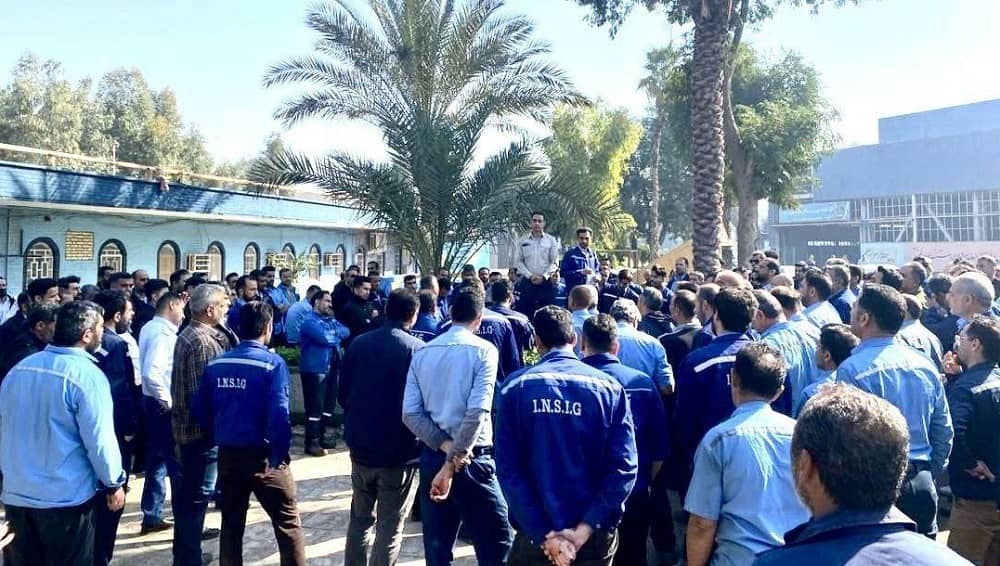

Despite the annual ritual of wage deliberation, this year’s forecasts are particularly bleak, highlighting a deepening crisis of impoverishment and poverty across the country.
The council, a conglomerate of government officials, employer representatives, and state-appointed worker delegates, notably excludes independent labor union voices. This absence underscores a systemic issue where “yellow” unions, aligned with state interests, dominate the discourse, sidelining genuine worker grievances and dampening protest efforts.
Recent reports from Tasnim News Agency reveal a stagnated negotiation process within the Ministry of Labor, with proposals suggesting a mere 20% hike in wages and benefits—figures that starkly contrast with the soaring cost of living. The Minister of Labor’s subsequent announcement of a 22% wage increase does little to alleviate concerns, especially against the backdrop of Article 41 of the labor law, which remains unenforced, failing to adjust wages in line with inflation rates.
Iran's budget bill sets a minimum wage of $171 per month for people. According to the regime’s Ministry of Labor, the poverty line is roughly 150 million rials or $341 per month. Besides, Iranians are deprived of any social and state medical aid. https://t.co/8oXwafYWUl
— NCRI-FAC (@iran_policy) January 26, 2023
The gap between wages and inflation has exponentially widened, leaving Iranian workers in a precarious position. Official figures paint a dire picture: food inflation exceeds 140%, medication costs have surged by over 80%, and the general inflation rate hovers above 45%. Yet, the government’s response, a pre-emptive 20% base wage increase, seems disconnected from the harsh realities faced by the populace.
This disparity is further amplified by questionable inflation statistics and the politicization of economic data. President Ebrahim Raisi’s claims of a declining month-to-month inflation rate are met with skepticism, as independent analyses suggest an 8.35% increase in January alone, coupled with a significant decrease in purchasing power.
State media, despite its limitations, has highlighted the extent of the crisis. Comparisons with the gold market reveal a shocking decline in workers’ purchasing power over the last decade. Simultaneously, governmental disputes over wage adjustments reflect a deeper reluctance to address the root causes of inflation and budgetary deficits.
#Iran : The Minimum Wage for Workers for Next Persian Calendar Year Is Less Than a Third of the Poverty Line https://t.co/zo06mM6h7e
— NCRI-FAC (@iran_policy) March 13, 2022
Criticism of the Raisi administration’s economic policies has been rampant. Abdolnaser Hemmati, former governor of the Central Bank, lambasted the government for its inability to mitigate sanctions, manage inflation, or stimulate production, pointing to a substantial increase in poverty rates and a significant decline in national currency value.
As Iran stands at a crossroads, the outcome of the minimum wage deliberations will be a crucial indicator of the government’s willingness to confront the economic challenges head-on. With the living standards of countless Iranians at stake, the path forward requires a concerted effort to bridge the gap between policy and reality, ensuring a sustainable and equitable economic future for all.

MEK Iran (follow us on Twitter and Facebook), Maryam Rajavi’s on her site, Twitter & Facebook, NCRI (Twitter & Facebook), and People’s Mojahedin Organization of Iran – MEK IRAN – YouTu







